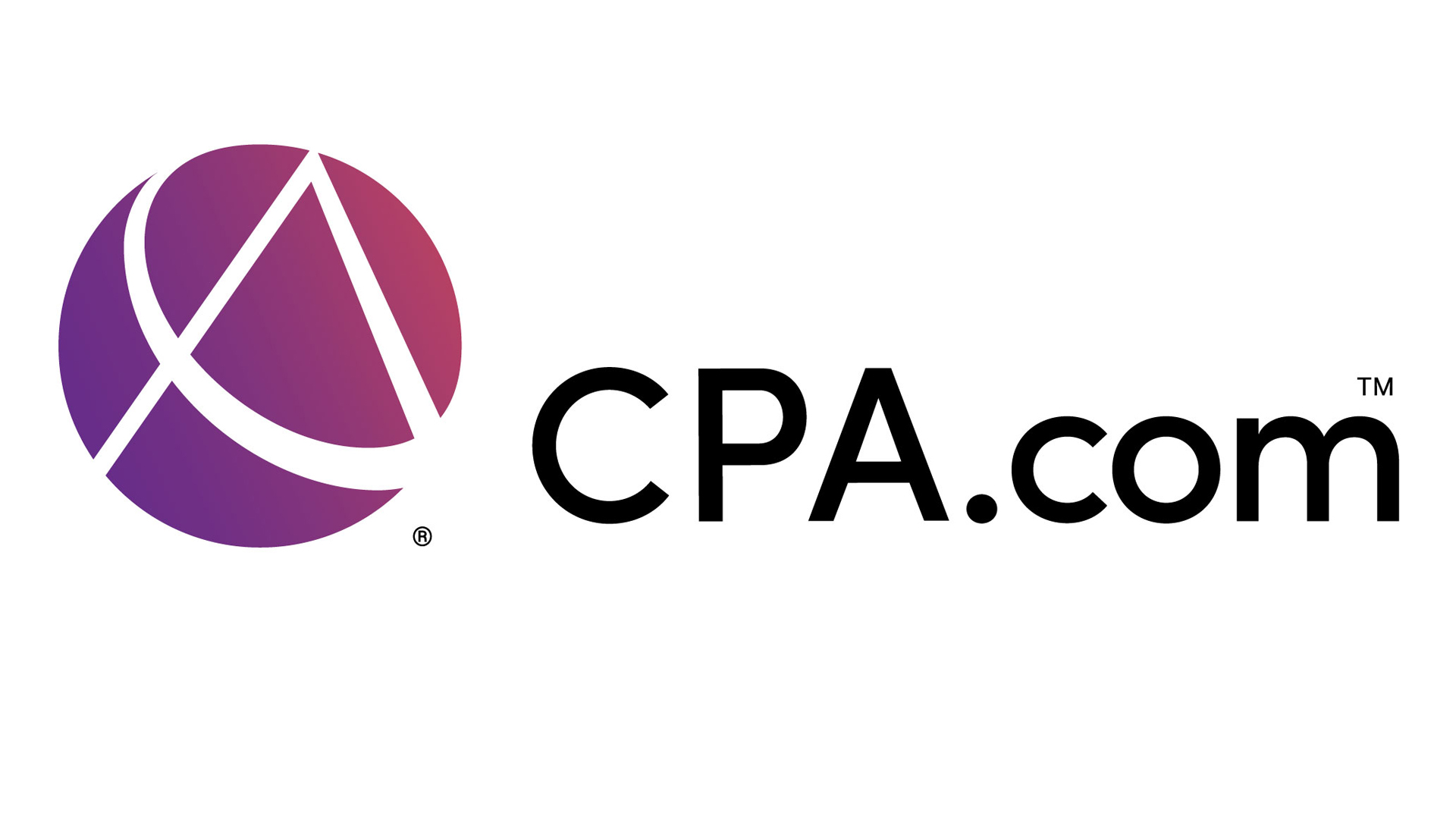The issue of materiality in the new lease accounting standard can be challenging, but LeaseCrunch, the only lease accounting software made by former CPA firm auditors for CPA firm auditors, says there are three key steps to understanding the issue.
“Now that operating leases must be captured on financial statements under the new lease standard, many CPAs are wondering about materiality,” said Ane Ohm, CEO of LeaseCrunch. “For the international standard, IFRS 16, the materiality threshold is set at $5,000, meaning that leases under that amount do not need to be accounted for on the books.
“However, FASB did not set a similar threshold for materiality under the U.S. standard, ASC 842, so many organizations are wondering how to determine what operating leases are material enough that they should be added onto their balance sheets.
“As with many aspects of the new lease standard, materiality is an area that requires judgment—though there are important considerations that can help.”
Consideration #1: Alignment with your fixed asset schedule
When capturing a lease on your financial statements, you record the right-of-use (ROU) asset on your balance sheet with your other long-term assets. For this reason, many organizations choose to align their lease materiality thresholds with their fixed asset materiality policies.
In other words, if a purchased asset is less than the dollar amount determined to be immaterial to the overall financial statements, the full value of that asset is expensed upon purchase. Similarly, if an ROU asset is less than that same dollar amount, the lease payments are all expensed and the ROU asset is not reflected on the balance sheet.
Consideration #2: Aggregate value
At the time of implementation of the new standard, however, it’s also important to consider the number of leases that could be added to the balance sheet. Do you have a large portfolio of smaller leases that, in aggregate, becomes material to your financial statements? There is no rule about these having to go on the books – again, this is a judgment-based standard. At the same time, it’s important to consider whether the end-users of the financial statements would find this material to their decisions about the organization’s financial health.
For instance, let’s say your organization has determined that individual leases are immaterial if their ROU asset would be less than $5,000. When determining materiality at the time of implementing the new lease standard, you may need to make different decisions depending on whether you have 5 vs. 500 leases with individual ROU asset values at $4,000.
Consideration #3: Debt covenants
Because many private companies follow generally accepted accounting principles (GAAP) so they comply with bank requirements related to debt covenants, it’s also important to consider the impact of the new lease standard on those debt covenants when establishing an organization’s lease materiality levels.
If an organization is close to violating a debt covenant, then smaller leases may become material to the primary user of the financial statements, which is likely the lending institution. In this scenario, an organization might need to consider including all leases on the balance sheet to portray an accurate financial picture for the lender.
Thanks for reading CPA Practice Advisor!
Subscribe Already registered? Log In
Need more information? Read the FAQs
Tags: Accounting, Auditing




